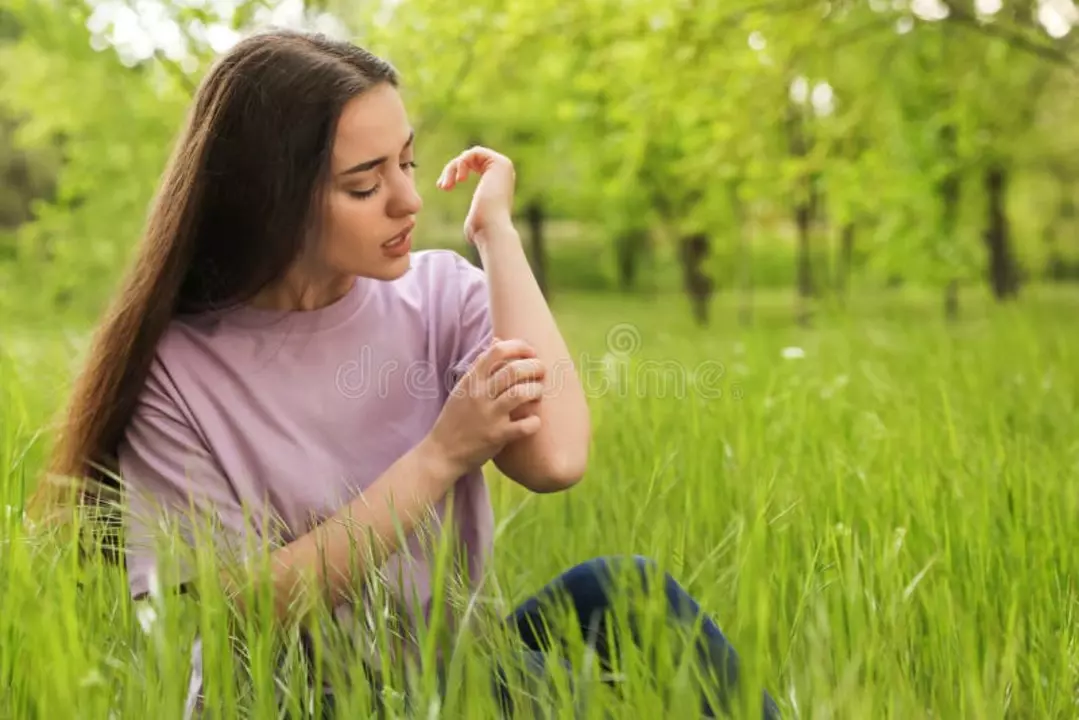Seasonal allergies: quick ways to feel better and avoid triggers
Sneezing, itchy eyes, a runny nose—and weeks of misery. Seasonal allergies (hay fever) can wreck your day, but you don’t have to suffer through them. Here’s straightforward, useful advice you can use right now to cut symptoms, prevent flare-ups, and choose the right treatments.
First, recognize the signs. Common symptoms include sneezing, clear runny nose, nasal congestion, itchy or red eyes, post-nasal drip, and a scratchy throat. If symptoms come at the same time every year—when trees, grass, or weeds pollinate—those triggers are likely the cause. If you also get wheezy or tight-chested, treat that as a red flag: allergies can worsen asthma.
Quick relief you can try today
Start with over-the-counter options that work for most people. Non-drowsy oral antihistamines like cetirizine, loratadine, or fexofenadine reduce sneezing and itching. For nasal congestion and inflammation, a daily nasal steroid spray (fluticasone, budesonide) often gives the best control when used every day during allergy season. For fast, short-term relief of severe congestion, nasal decongestant sprays (oxymetazoline) help but use them only 3 days max to avoid rebound congestion. Eye drops with antihistamine (olopatadine) calm itchy, watery eyes quickly.
If over-the-counter meds don’t help, prescription options include nasal antihistamines, combination sprays, or leukotriene blockers like montelukast. Talk to a provider if symptoms interfere with sleep, work, or breathing.
Smart prevention and lifestyle moves
Reduce exposure to pollen: check local pollen counts and stay inside on high-pollen days, especially mid-morning and early evening when counts peak. Keep windows closed, run air conditioning with a clean filter, and use a HEPA or high-efficiency filter if you can. After being outdoors, change clothes and shower to rinse pollen from skin and hair. Wash bedding weekly in hot water; pollen settles on sheets.
When doing yard work, wear a mask and eye protection; avoid mowing when pollen is high. Dry laundry inside during allergy season—pollen sticks to sheets and clothing. If pets go outside, wipe them down before they come inside to stop pollen tracked in on fur.
Consider testing and long-term options. An allergist can do a skin prick or blood test to pinpoint exact triggers. If symptoms are severe or yearly, immunotherapy (weekly or monthly allergy shots, or daily sublingual tablets) can reduce sensitivity over time and sometimes produce lasting relief.
Special situations: pregnant or breastfeeding? Check with your healthcare provider before taking medicines. Some antihistamines and nasal steroids have more safety data in pregnancy, but always confirm with your clinician. If you have asthma, coordinate care—controlling allergic inflammation helps prevent asthma attacks.
When to see a doctor: severe trouble breathing, high fever, symptoms lasting longer than a few weeks despite treatment, recurring sinus infections, or poor sleep and daily function. A provider can tailor a plan, adjust meds, or recommend testing and immunotherapy.
Seasonal allergies don’t have to run your life. With the right mix of avoidance, daily control meds, and targeted treatment from an allergist, most people get real, steady relief.

- 5 Comments
Learn how to use pollen forecasts to plan outdoor activities around peak allergen days in Melbourne. Avoid allergy flare-ups with smart timing, reliable tools, and proven strategies.

- 5 Comments
Attending outdoor events during allergy season can be a real challenge for those of us with seasonal allergies. To manage these pesky allergens, I've found that taking allergy medications before heading out is a game changer. Additionally, wearing sunglasses helps protect my eyes from pollen and other irritants. Staying hydrated is also essential for flushing out allergens from our system. Lastly, I make sure to shower and change my clothes as soon as I get home to remove any lingering allergens from my body and prevent prolonged symptoms.
